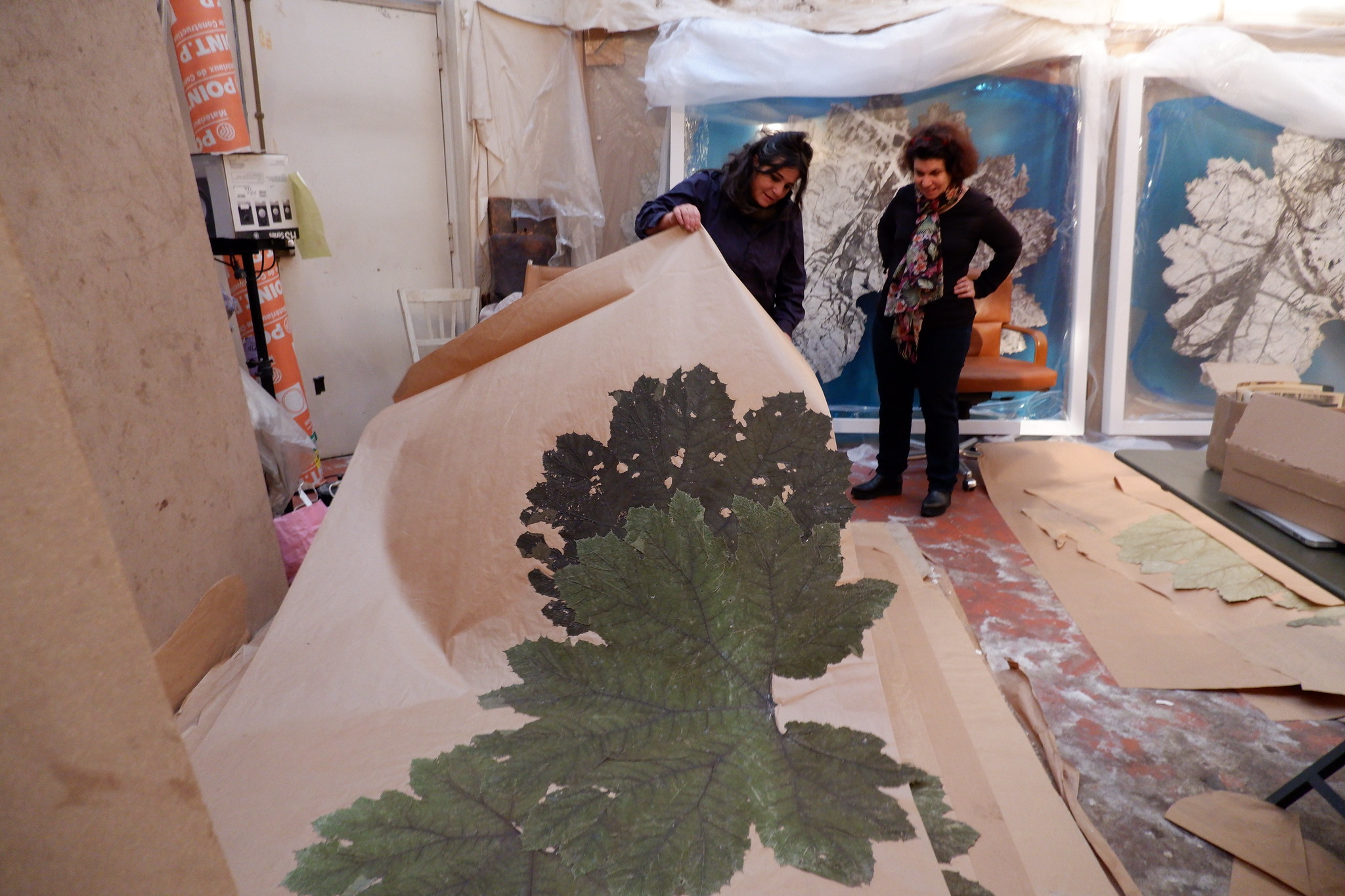Surprising Stories: Fragile Flowers: Redouté, Prints and Porcelains

Rosa Gallica Pontiana and Rosa Centifolia Foliacea by Pierre-Joseph Redouté
For most of Spring 2020 many of us have missed being able to see, touch and smell beautiful flowers up close. We can look wistfully beyond closed garden gates to try to catch a glimpse of blooms or instead settle for virtual bouquets. Long before Instagram, many artists attempted to capture the ephemeral beauty of flowers, however, few succeeded as well as Pierre-Joseph Redouté. Often called the “Raphael of flower painters,” the Belgian artist is still admired to this day as an international master of botanical illustration. Working for kings, queens, empresses and princesses, Redouté produced over 5,000 prints during his lifetime, but his recordings of Empress Joséphine’s flowers at the Château de Malmaison stand out as the most enchanting. This week’s Surprising Story looks at a lesser known aspect of Redoute’s work: his prints which inspired a rare and magnificent porcelain service dedicated to the Empress Joséphine.

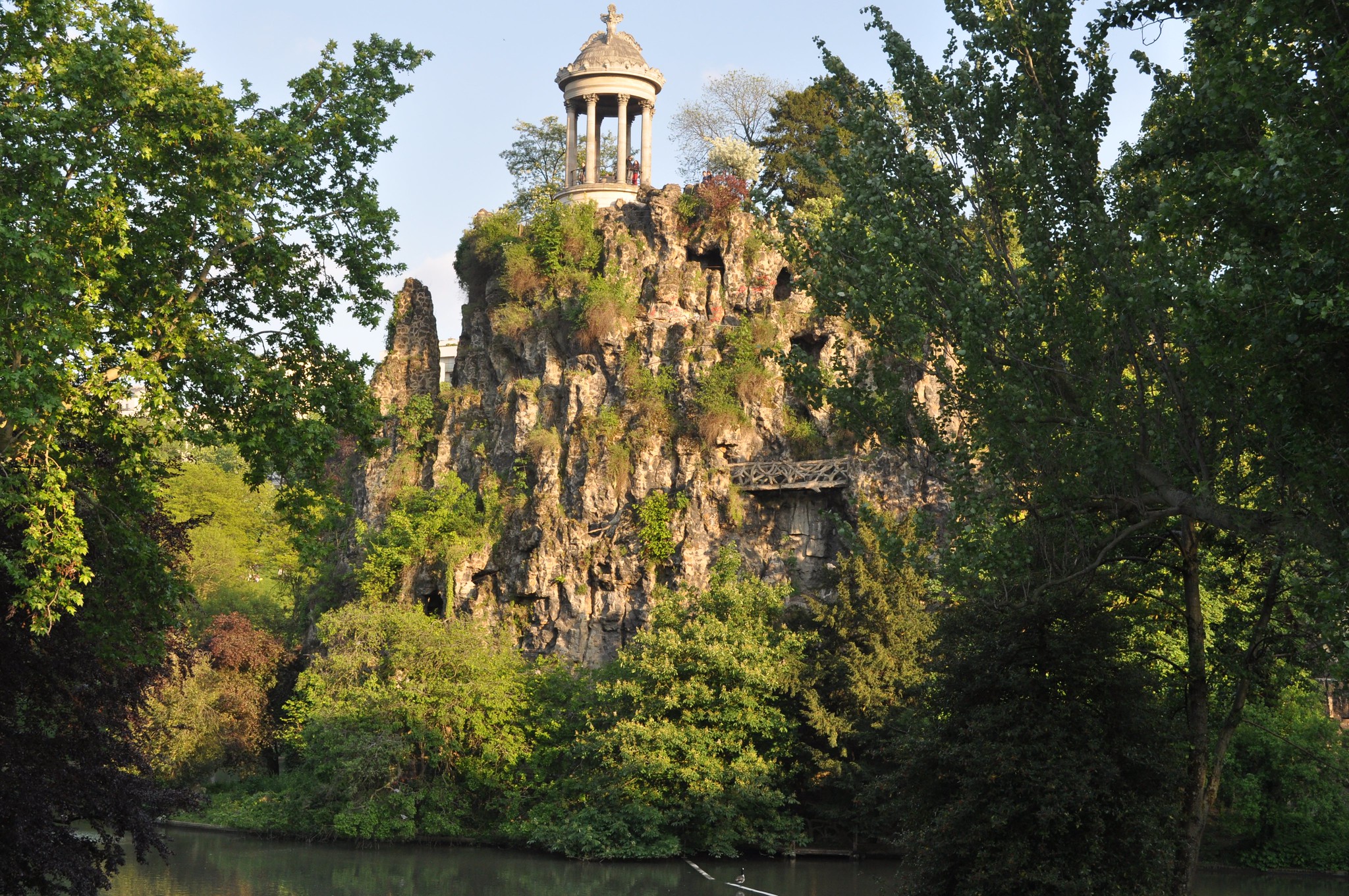
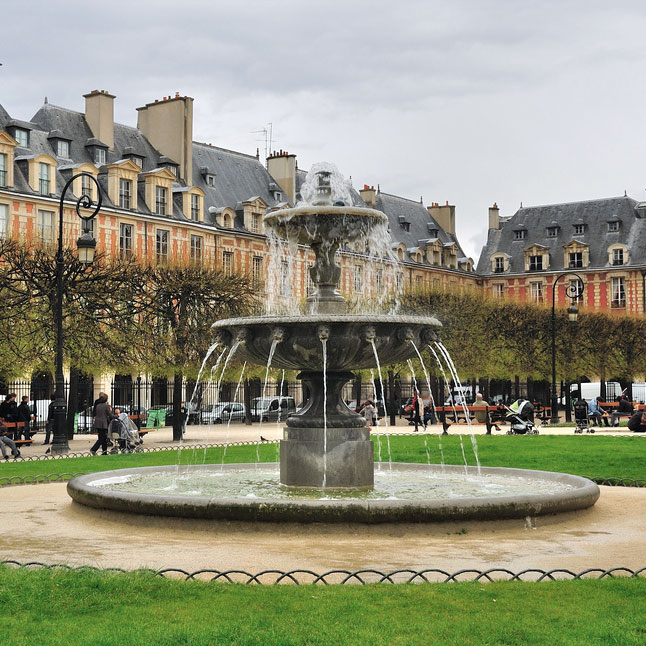
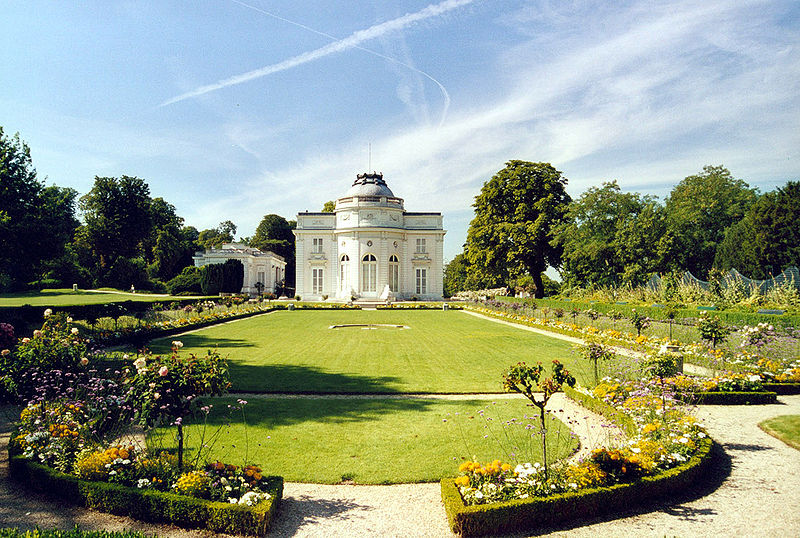
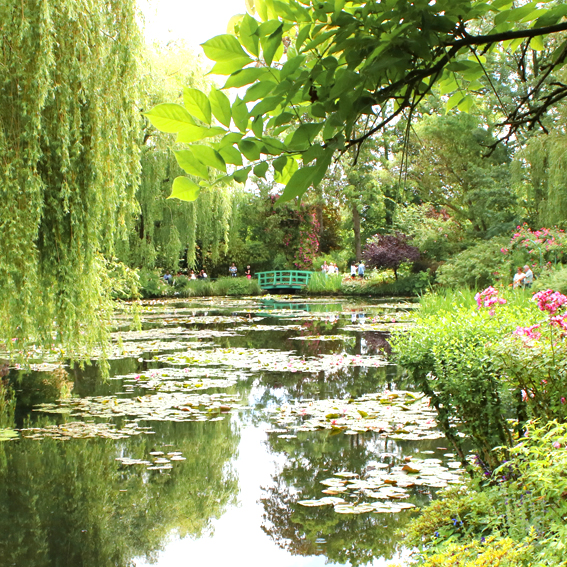 With the arrival of spring blossoms and warmer weather, it is all the more challenging to be confined to our homes. It was the goal of many Impressionist artists to capture this moment of nature’s splendor and few achieved this as gloriously as Claude Monet. Dreaming of his radiant gardens can offer some respite from our newly restrictive daily lives, especially his meditative water lily panels. These masterpieces have made the Musée de l’Orangerie one of the most famous museums in Paris, however, few know that the museum would not have been possible without the tireless efforts of Georges Clemenceau; then the Prime Minister of France and friend of Monet. This edition of our
With the arrival of spring blossoms and warmer weather, it is all the more challenging to be confined to our homes. It was the goal of many Impressionist artists to capture this moment of nature’s splendor and few achieved this as gloriously as Claude Monet. Dreaming of his radiant gardens can offer some respite from our newly restrictive daily lives, especially his meditative water lily panels. These masterpieces have made the Musée de l’Orangerie one of the most famous museums in Paris, however, few know that the museum would not have been possible without the tireless efforts of Georges Clemenceau; then the Prime Minister of France and friend of Monet. This edition of our 